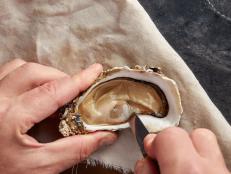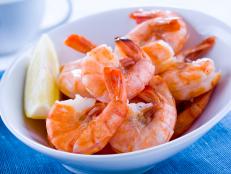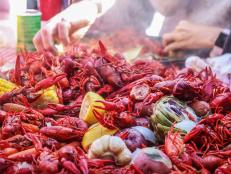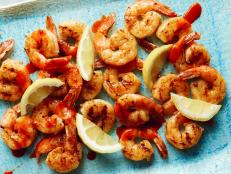How to Eat Oysters Safely
An expert breaks down the potential food safety hazards to consider, especially when eating them raw.
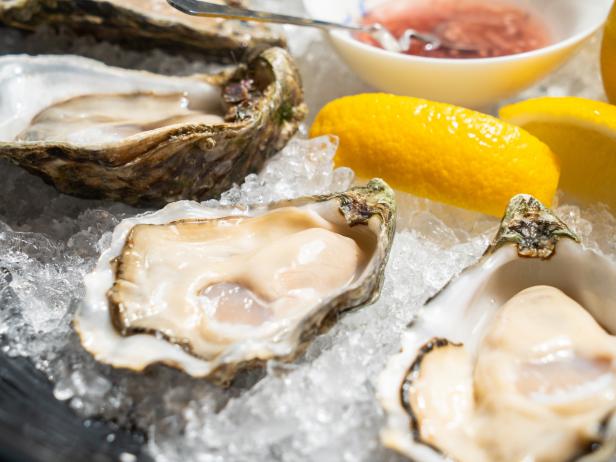
T K / 500px/Getty Images
Oysters are considered a potentially hazardous food, which means that they’re vulnerable to carrying microorganisms like bacteria and viruses. Bacteria like oysters due to their high protein content and moisture level.
What Are the Risks of Eating Raw Oysters?
One bacteria that has a history of being found in oysters is Vibrio vulnifucus. This is the same bacteria that was identified in a recent case of a Missouri man who contracted the bacteria and died after eating raw oysters.
Vibrio vulnifucus tends to naturally inhabit coastal waters where oysters live, like the Gulf of Mexico. Because oysters feed by filtering water, the bacteria can concentrate in their tissues. Usually during the warm summer months, there is an increase in the bacteria, but illnesses have been reported year-round. Those with weaker immune systems – including older adults, children under the age of five, pregnant and lactating people, those taking medications and those with compromised immune systems – are most vulnerable to becoming sick from Vibrio vulnificus. Symptoms of Vibrio vulnifucus include bloody diarrhea often accompanied by stomach cramps, nausea, vomiting and fever.
Vibrio vulnificus can also cause life-threatening wound infections and may require intensive care or limb amputations. This happens when a wound comes in contact with raw or undercooked seafood, its juices, its dripping or with saltwater or brackish water (a mixture of fresh and salt water often found where rivers meet the sea). The CDC estimates that about one in five people die with this infection, sometimes after one to two days of becoming ill. Some Vibrio vulnificus infections lead to necrotizing fasciitis, which is not “flesh-eating bacteria” per se, but a severe infection in which the flesh around a wound dies.
Another pathogen found in raw oysters is called Norovirus (a.k.a. the “cruise ship virus”). This virus is transmitted by food and can also be spread by having direct contact with someone who has norovirus, or touching contaminated surfaces and then putting unwashed fingers in your mouth. Symptoms of norovirus include nausea, vomiting, diarrhea, stomach pain, fever, headaches and body aches. Symptoms usually develop between 12 to 48 hours after being exposed to the virus and most people get better within one to three days, but can still spread the virus for a few days after that.
How to Enjoy Oysters Safely
Anyone who eats raw oysters is at risk of contracting bacteria and viruses that can cause illness or even death. It’s recommended that people with weaker immune systems avoid eating raw oysters and only consume them cooked. Food contaminated with a bacteria or virus can look, smell or taste normal. Your best bet to avoid any sort of foodborne illness from oysters is to cook them to the proper minimum internal cooking temperature, which is at least 145 degrees Fahrenheit.
Related Content:

























